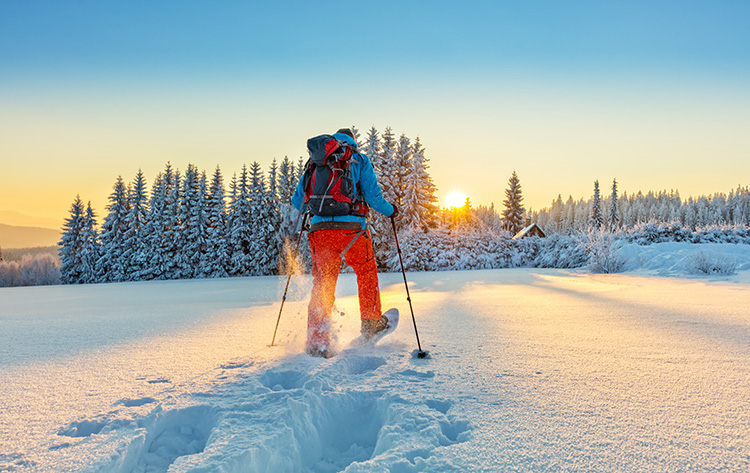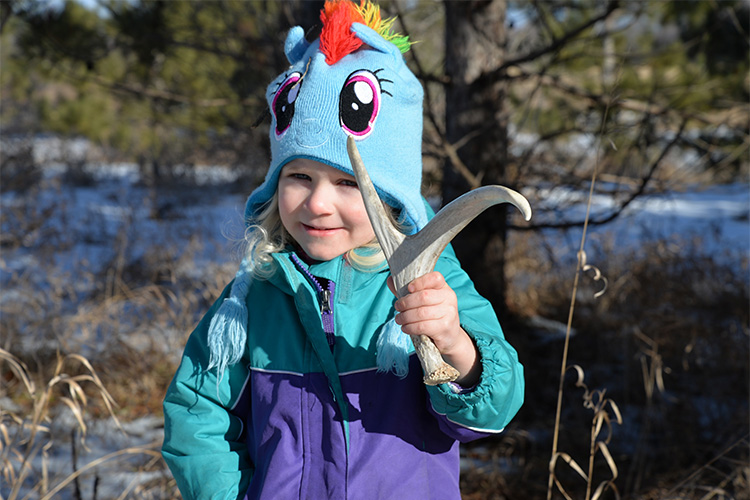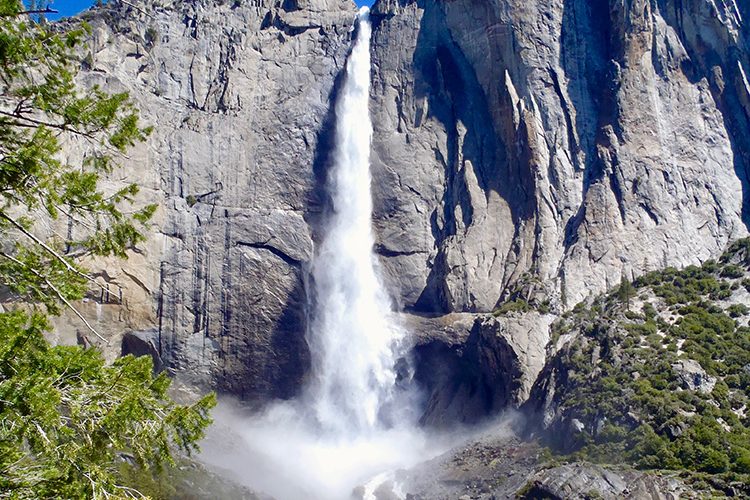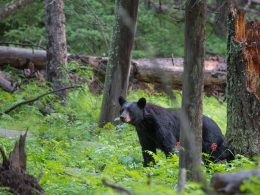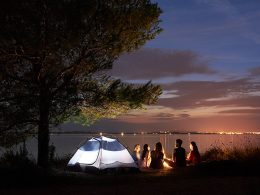Okay, but how do I size my family’s snowshoes, you might ask? Snowshoe size is all about getting the right amount of surface space, or floatation. Two key factors are at play: the weight of the person, and the type of snow (light and dry or heavy) you’ll be traveling on.
Start the sizing process the obvious way, by gender and age. Men’s snowshoes will have a larger surface area, to accommodate larger boot sizes and heavier loads. Women’s snowshoes tend to have a narrower frame, with smaller bindings to fit smaller boots. Children’s snowshoes, of course, are ‘shrunk’ even further to be sized accordingly.
After gender and age, you’ll want to select your snowshoes by terrain and snow conditions. See above to identify the type of terrain your family will most likely to navigate, then consider the snow pack you’re most likely to encounter in your area.
Quick Tip: Bring a pair of gloves so everyone can practice getting into and out of their snowshoes with mittened hands!
Will you be on packed trails? If so, opt for a more compact snowshoe, with a more aggressive tread to bite into ice and packed snow. Will you mostly hike through powder? Choose rotating (floating) bindings, that can turn more easily and give you more flexibility. Young kids may do best with ‘fixed’ bindings, where the heels stays put, making the shoe easier to walk in (but you’ll get snow kicked up behind).

